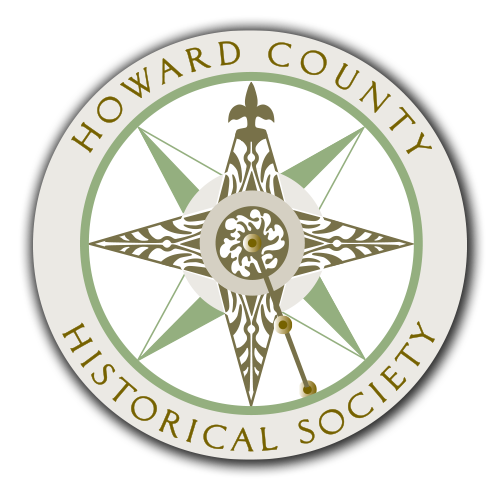Howard County Then and Now
You can get the “Howard County Then and Now” map at the Howard County Fair or the Howard County Historical Society in Miller Library. Look at the image from the past. Take a picture and upload it to any of the Howard County Historical Society’s social media with parent permission. Check off a site when you visit. If you visit 12 of the 18 sites by September 30, bring your map with the sites checked off to the Howard County Historical Society in Miller Library to get a cool prize!

1 – Museum of Howard County History
https://hchsmd.org/about-museum-of-howard-county-history/
8328 Court Avenue, Ellicott City. Open on Friday, Saturday, Sunday 1:00-5:00 p.m.
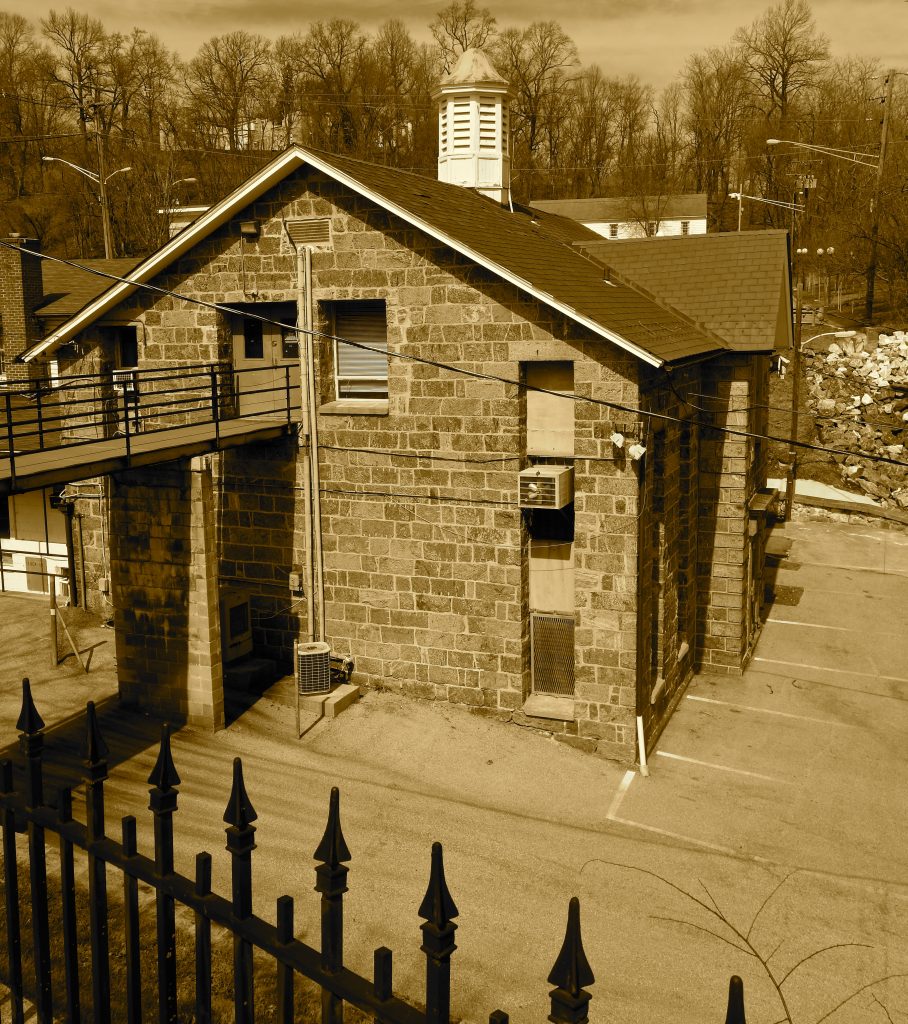
2 – Ellicott City Jail
Above the Courthouse at the intersection with Emory Road in Ellicott City.
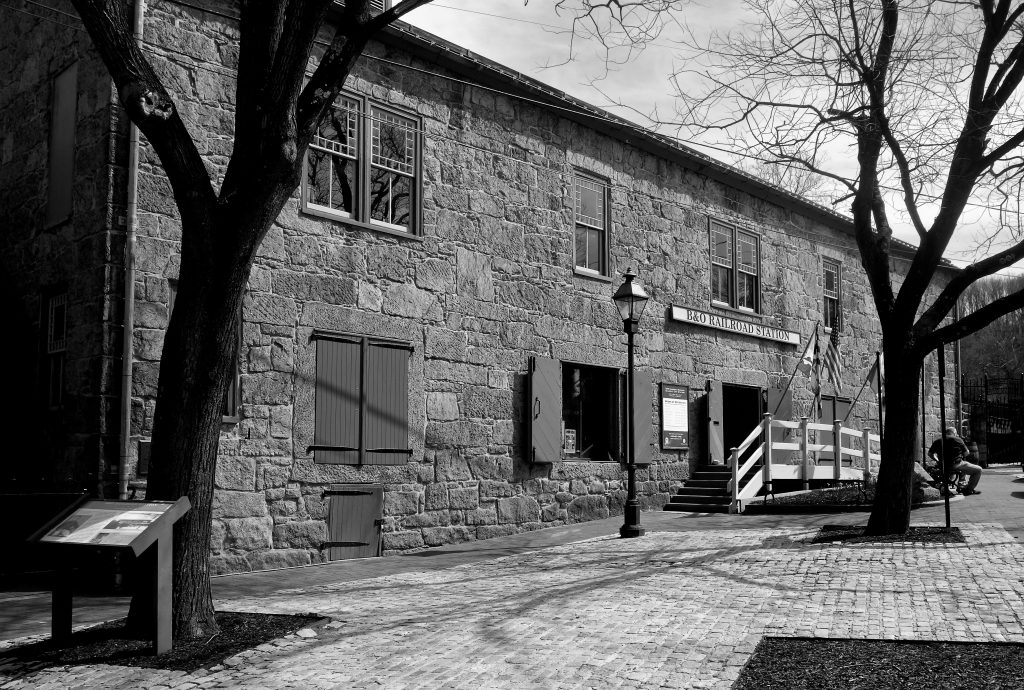
3 – The B & O Railroad Station
You are looking at the oldest surviving railroad station in the United States! It was the end of the first 13 miles of commercial railroad in our country. The Main Depot building was constructed in 1830-31. Inside you will learn the history of the Baltimore & Ohio Railroad and its impact on our area. Model Railroads and replicas may also be seen. The station is restored to look like it did in 1857. There is a fee for interior tours.
https://www.howardcountymd.gov/recreation-parks/baltimore-ohio-ellicott-city-station-museum
2711 Maryland Avenue, Ellicott City.
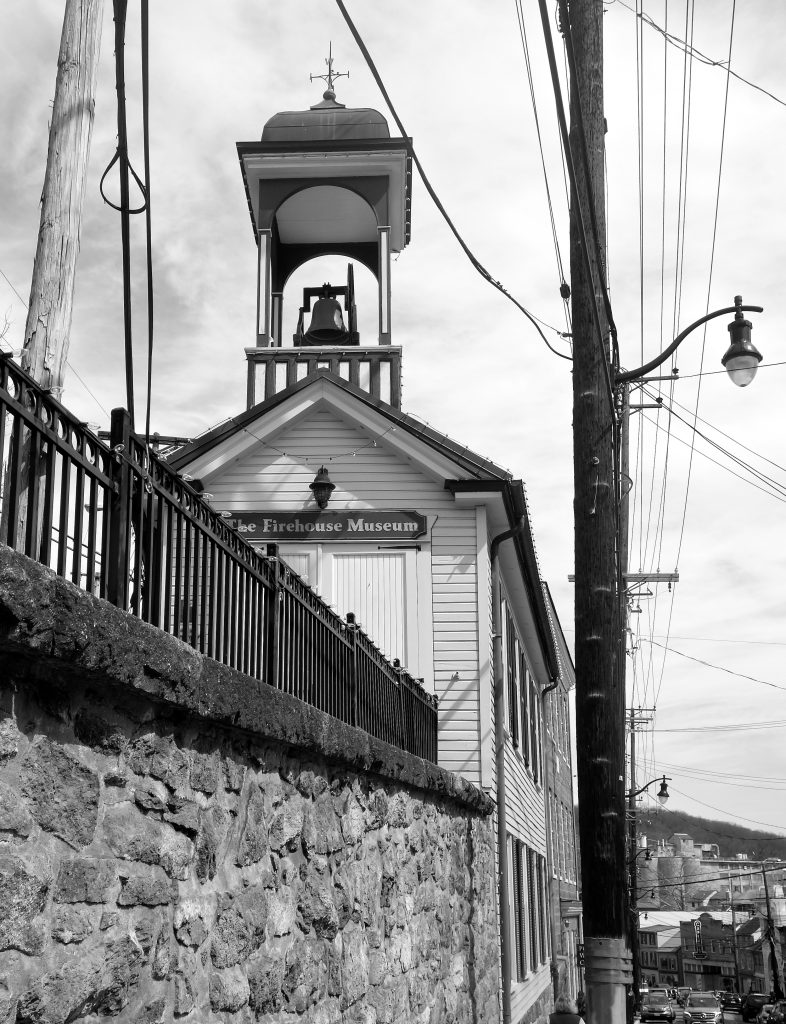
4 – Ellicott City Firehouse Museum
This small firehouse was built by volunteers in 1889. It was Howard County’s very first firehouse. It served Ellicott City until 1923. Later it was used as a community meeting hall, county office space, and a library reading room. Today it contains displays on firefighting history.
https://www.howardcountymd.gov/facilities#historic-sites
3829 Church Road, Ellicott City.
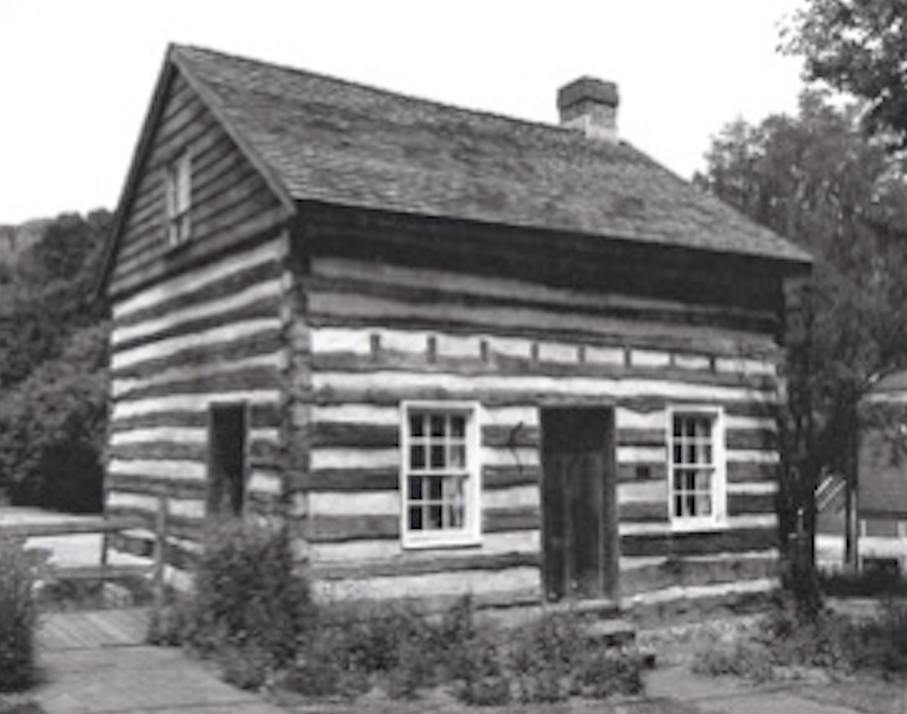
5 – Thomas Isaac Log Cabin
The oldest structure in Ellicott City was built by Isaiah Mercer in 1780. It is believed was given to Thomas Isaac in 1858. The site served as an important resource for Ellicott City’s Black community in the 1870s because it was used as a meeting place by the early organizers of St. Luke’s African Methodist Episcopal Church. The cabin used to be on Merryman Street, but was moved and restored in its present location. After recent flood disasters, it needed additional restoration. The interior provides an idea of how Europeans and Africans lived during the time of colonial settlement.
https://visitoldellicottcity.com/item/thomas-isaac-log-cabin/
Corner of Main Street and Ellicott Mills Drive, Ellicott City.
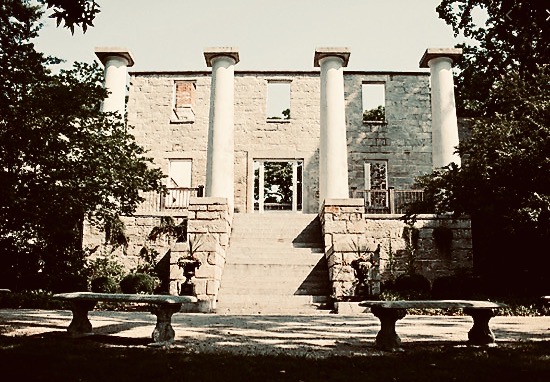
6 – Patapsco Female Institute
On January 1, 1837, this building opened its doors as a boarding school for wealthy young ladies. It was one of the first schools to offer scholarships to girls who were not so well off. It taught its lessons until 1891, when it became a summer hotel. During World War I, it hospitalized wounded soldiers. In the early 1940’s, it began to fall into ruins. Today it is stabilized and surrounded by a park.
https://visitoldellicottcity.com/item/the-patapsco-female-institute/
Above the Courthouse at Church Road and Sarah’s Lane, Ellicott City.

7 – Ellicott City Colored School, Restored
When this schoolhouse first rang its bell in 1880, it was one of the very first schools for children of color in Howard County. Children enjoyed learning within these walls until the early 1950’s. The schoolhouse was restored in 1995. Today’s visitors can learn more about the Black history of Howard County. It also houses genealogical records. Find out what that big word means!
https://visitoldellicottcity.com/item/ec-colored-school/
8683 Frederick Road, Ellicott City.
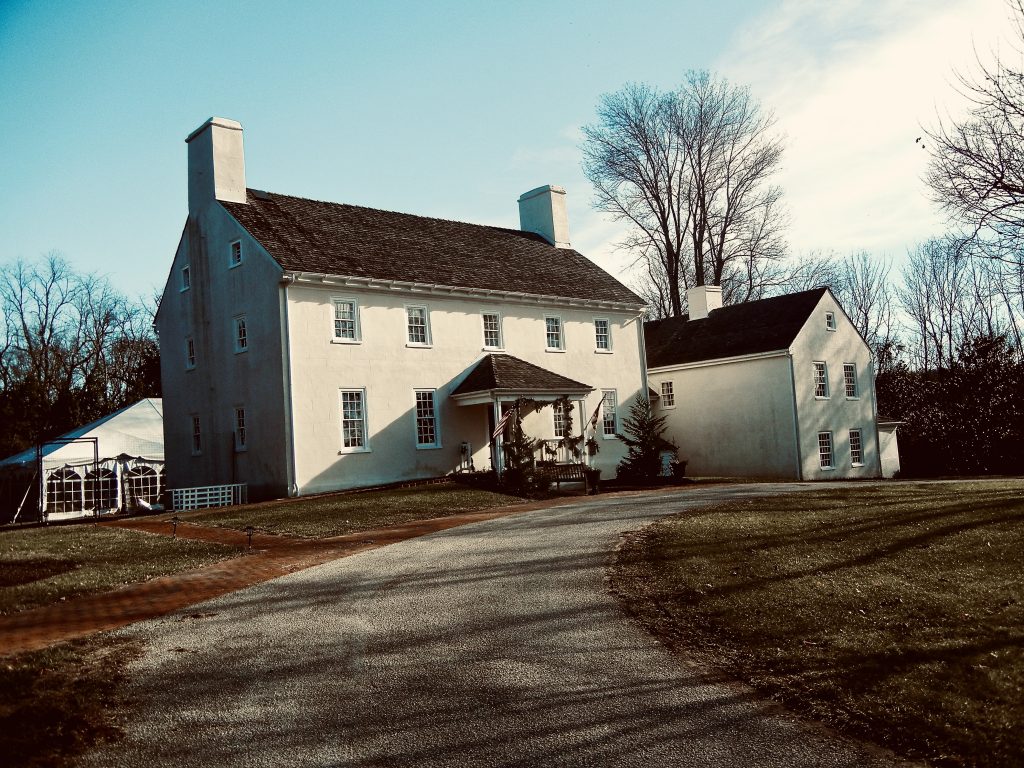
8 – Waverly Mansion
2300 Waverly Mansion Drive, Marriottsville.
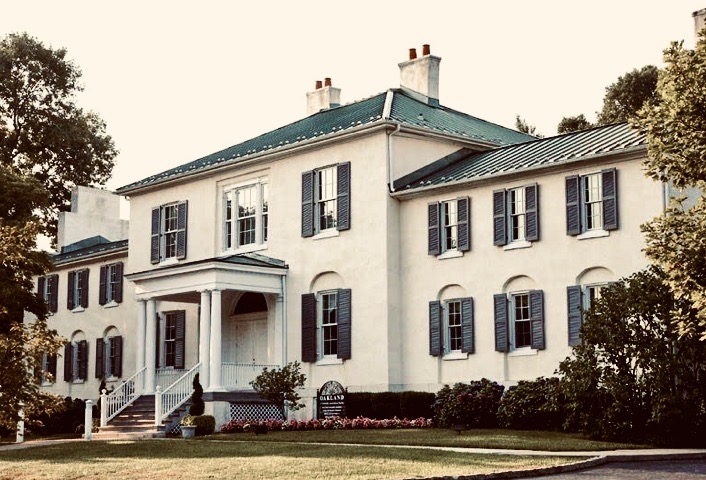
9 – Oakland Manor
Can you believe this house was someone’s summer cottage? Charles Sterrett Ridgely lived in Baltimore when he built Oakland in 1811 as his country house. Future owners, the Olivers and the Gaithers, also used the home as their country estates while living in the city. Work on the Oakland plantation was done by enslaved people. From 1864 until 1906 a family named Tabb owned Oakland where they bred famous racehorses. The Rouse Company restored Oakland in 1989 and today it is managed by the Town Center Community Association. Surviving outbuildings contain the Howard County Center of African American Culture, the Carriage House, and private homes along Wilde Lake.
https://www.historic-oakland.com/about-us/
5430 Vantage Point Road, Columbia.
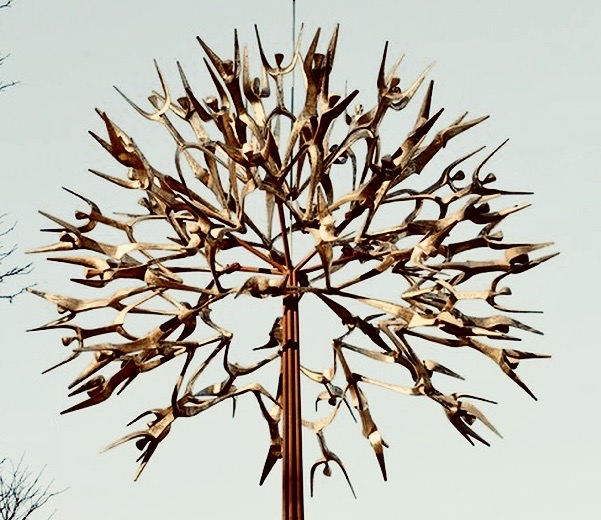
10 – The People Tree
In 1967, James Rouse dedicated his planned community of Columbia. That dedication included the unveiling of The People Tree, created by Pierre Du Fayet. Mr. Rouse had a dream that the new town would be the perfect place for people to grow to their full potential. The people growing on this tree are reaching out to their future in the new community. The People Tree has served as a symbol of the new town of Columbia since its beginning.
https://www.columbiaassociation.org/blog/people-tree/
The Lakefront in Columbia. Visit at any time.
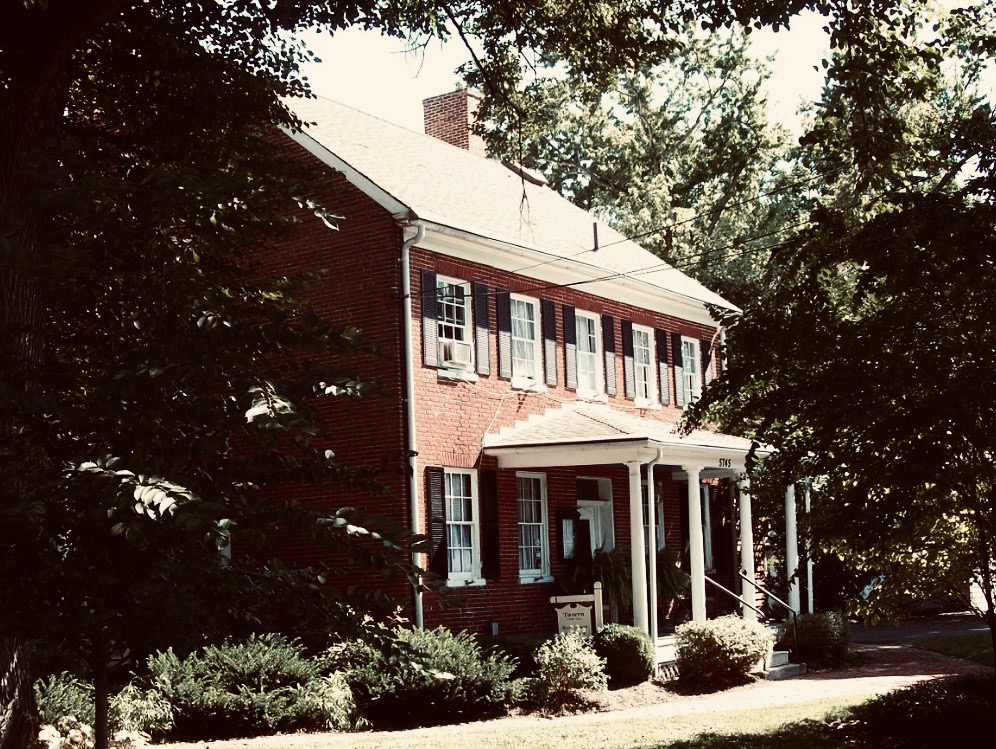
11 – The Elkridge Furnace Inn Complex
5745 Furnace Avenue, Elkridge.
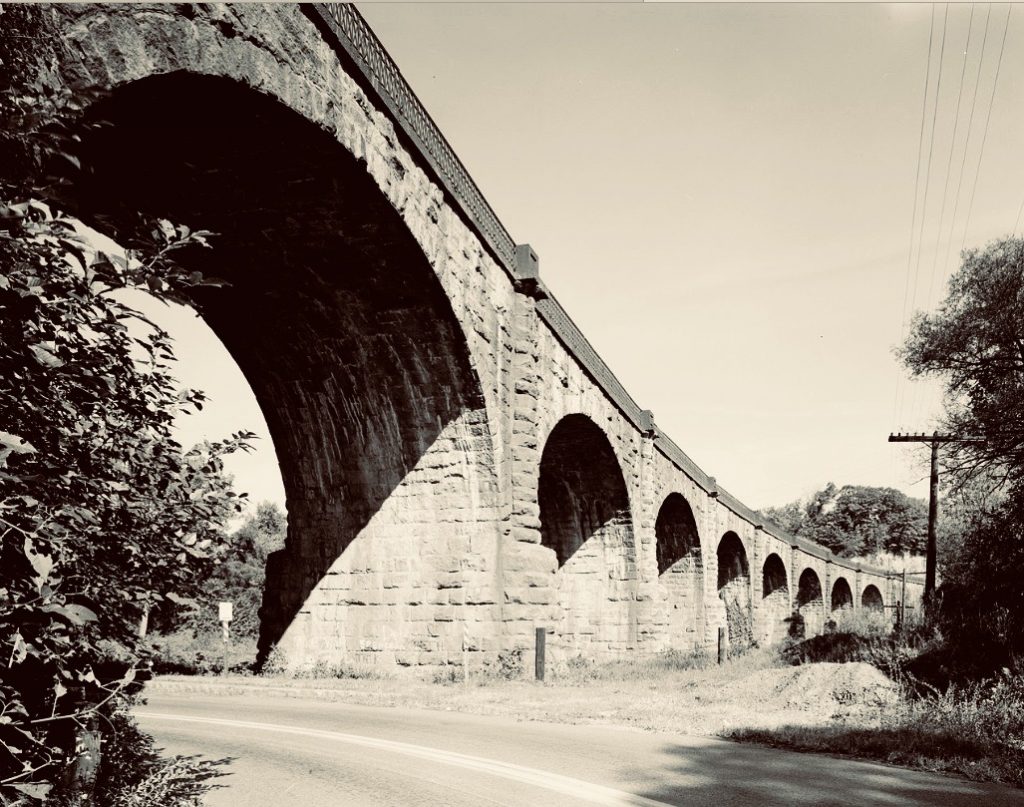
12 – Thomas Viaduct
When the B&O Railroad wanted to build a branch from Baltimore to Washington, D.C., they commissioned Benjamin Henry Latrobe to design a bridge. The railroad named the bridge after its first president, Philip E. Thomas. Construction began in 1833 and was completed in 1835. It is the world’s oldest multiple arched stone railroad bridge. People laughed at the design and thought it would fail. They did not believe that the viaduct could stay up under the weight of railroad trains. But the bridge is still used even with today’s much heavier diesel trains. It is one of the oldest railroad bridges still in operation. During the Civil War, from 1861-1865, the Thomas Viaduct was an important transportation link, so it was heavily guarded by Union troops to prevent sabotage. In 2010, the bridge was designated as a National Historic Civil Engineering Landmark by the American Society of Civil Engineers.
https://www.asce.org/project/thomas-viaduct-railroad-bridge/
From the Furnace Complex, cross US 1 on Levering Avenue. The Viaduct is straight ahead.
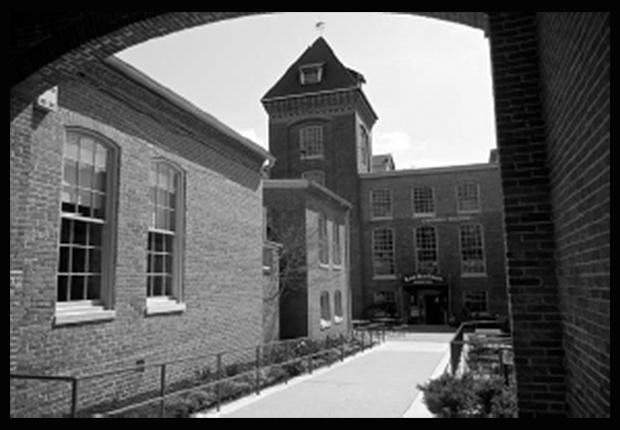
13 – Savage Mill
The Savage Mill used the fast flowing water of the Little Patuxent River to power its machinery to weave cotton sailcloth. This huge complex of mill buildings was used from 1822 until 1947. It was started by the four Williams brothers, but they named it for John Savage, who lent them the money to start their business. Entire families worked in the mill. The mill was the center of a community, with workers living in the mill houses across the street, shopping at the company store, eating food from the company farm chilled by ice from the company ice plant. The community hall housed a library and a bowling alley. In the 1940s, children enjoyed a Christmas village called Santa Heim! Today Savage Mill contains lots of fun shops, studios, and restaurants. It is on the National Register of Historic Places.
https://www.savagemill.com/about-us/
8600 Foundry Street, Elkridge
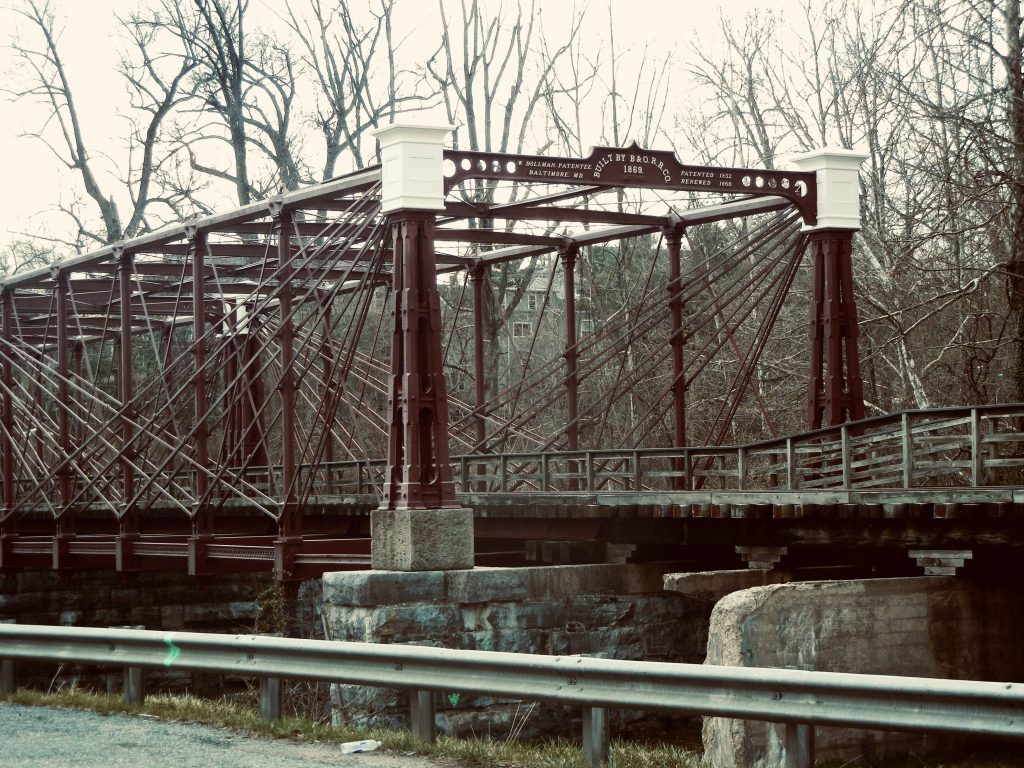
14 – Bollman Truss Bridge
8650 Foundry Street, Savage.

15 – James Sykes House
South Branch Park on West Friendship Road, just before crossing the bridge into Sykesville.

16 – Historic Sykesville Colored Schoolhouse
In May of 1903, three fathers requested a schoolhouse for their children. There was no school for children of color in this part of Carroll or Howard County. The bell rang for the first time on January 3, 1904. It was a one-room schoolhouse for Black children on both sides of the Patapsco River during the days of segregation, giving generations of children their first chance for an education. The school operated until June 1939, when it was sold and turned into a private home. After thirty years as a private home, it fell into ruin. In 2006, the Town of Sykesville rededicated the restored structure to the teachers and students who had learned within its walls.
https://www.townofsykesville.org/2155/Historic-Colored-Schoolhouse-Then-Now
518 Schoolhouse Road, Sykesville. Open House on August 24 and 26, 2:00 – 4:00 p.m.
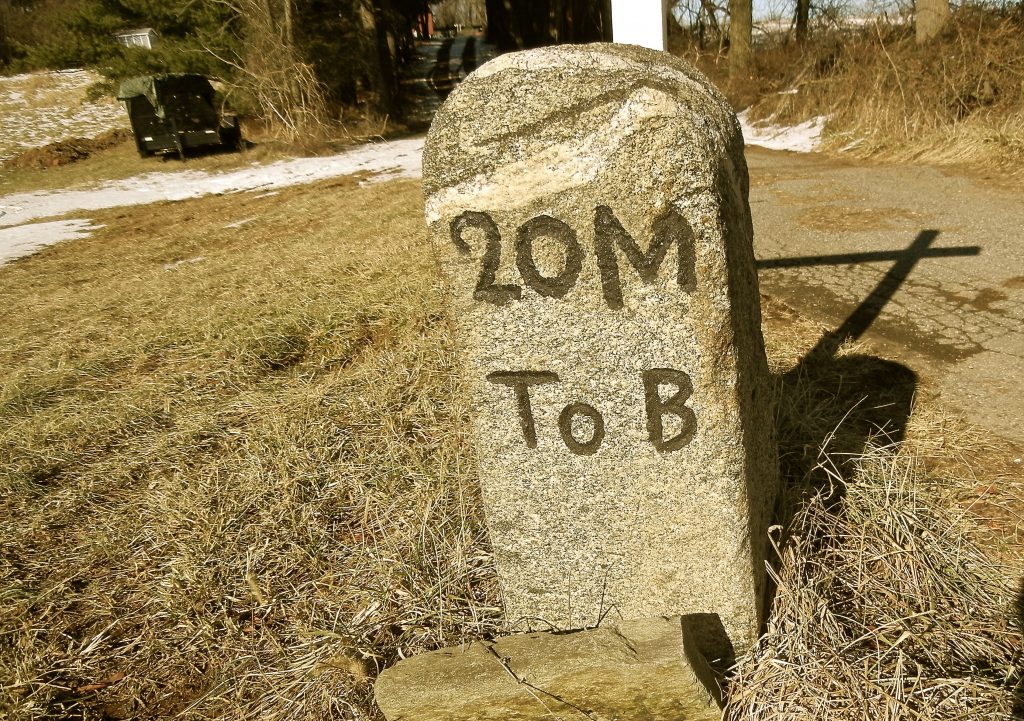
17 – National Road Mile Marker
MD Route 144, one mile west of MD-32. Drive further west on MD-144 to see if you can spot more mile markers! You can also look in the median strip of today’s Route 40!
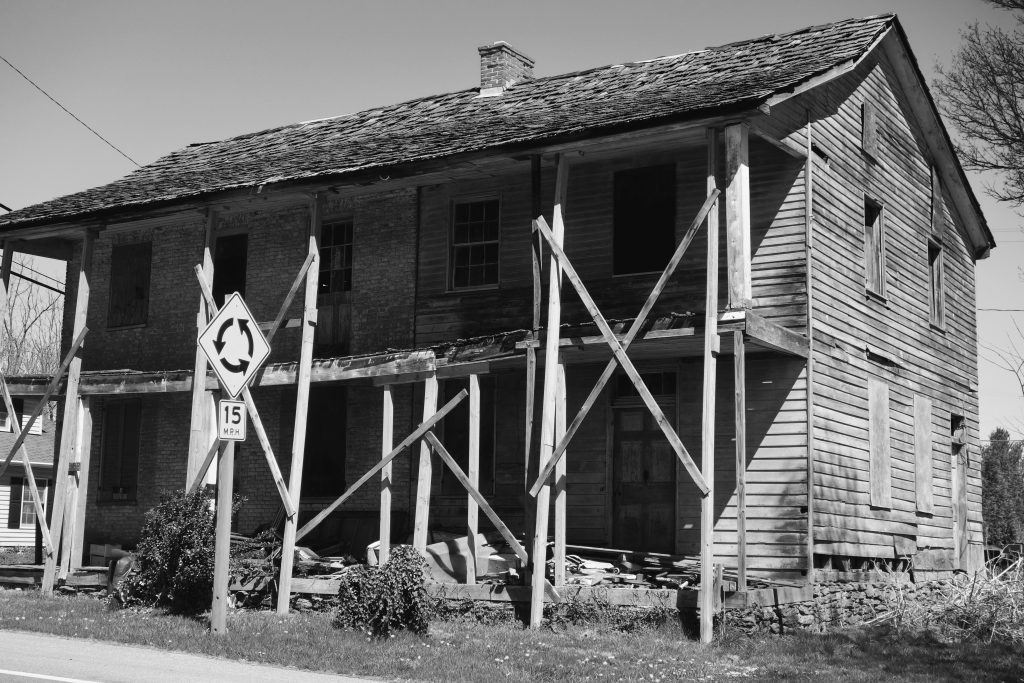
18 – Lisbon Hotel
MD Route 144, on the north side of the road in Lisbon.
